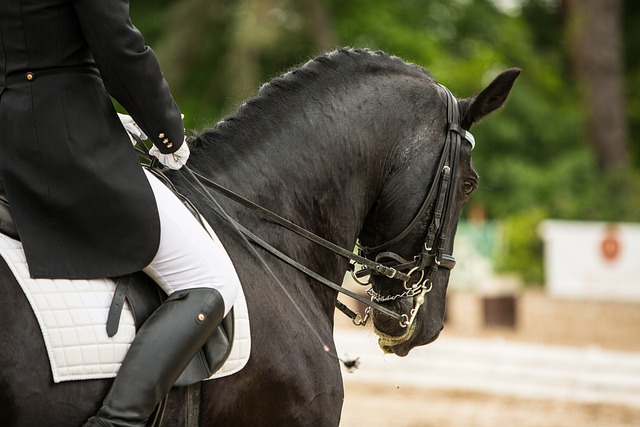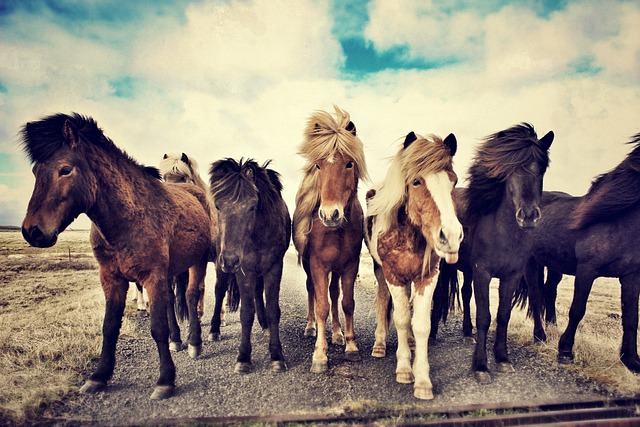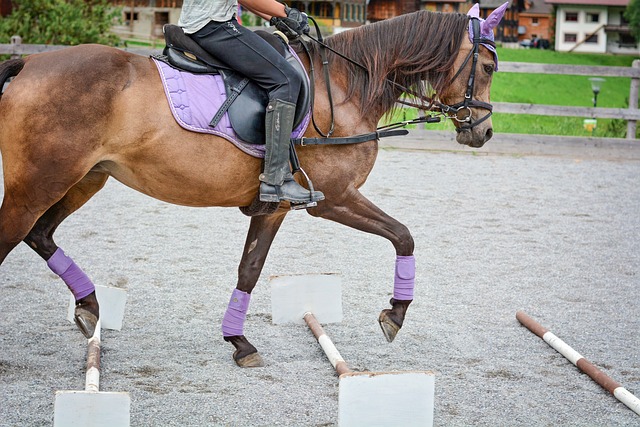
Anatomical bridle
January 24, 2023
Show Jumping
January 24, 2023Dressage is a equestrian discipline that focuses on the training and development of horses to perform precise and controlled movements. It is often referred to as “horse ballet” due to the graceful and fluid movements of the horse and rider. Dressage is one of the three Olympic equestrian disciplines, along with eventing and show jumping.
The goal of dressage training is to develop the horse’s natural athletic ability and willingness to work, through a series of progressive exercises. These exercises, known as the “training scale,” start with the most basic movements and gradually increase in difficulty as the horse’s training progresses. The training scale includes movements such as walk, trot, canter, and various types of turns and changes of direction.
One of the key principles of dressage training is the concept of “throughness,” which refers to the horse’s ability to perform movements with a relaxed and flexible body, and a willingness to respond to the rider’s aids. This requires a strong bond between the horse and rider, as well as a deep understanding of the horse’s anatomy and movement.
The development of the horse’s movement and balance is also an important aspect of dressage training. This involves working on exercises that improve the horse’s carriage and impulsion, or the power and engagement of the hindquarters.
In dressage competition, riders and horses perform a series of predetermined movements, known as a “test,” in an arena. Tests are judged by a panel of judges, who score the performance on a scale of 0 to 10, with 10 being the highest score. The judges look for accuracy, precision, and harmony between the horse and rider.
Dressage training and competition can be enjoyed by riders of all levels, from amateur to professional. It requires dedication and a commitment to consistent training, but the rewards of a strong bond with a well-trained horse and the satisfaction of successful performances make it a rewarding discipline for horse and rider alike.




